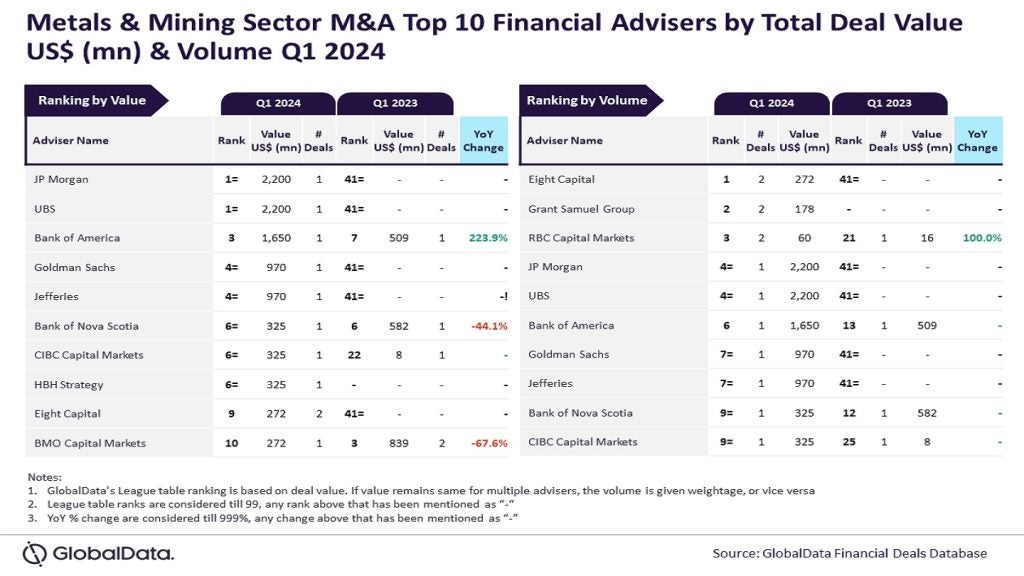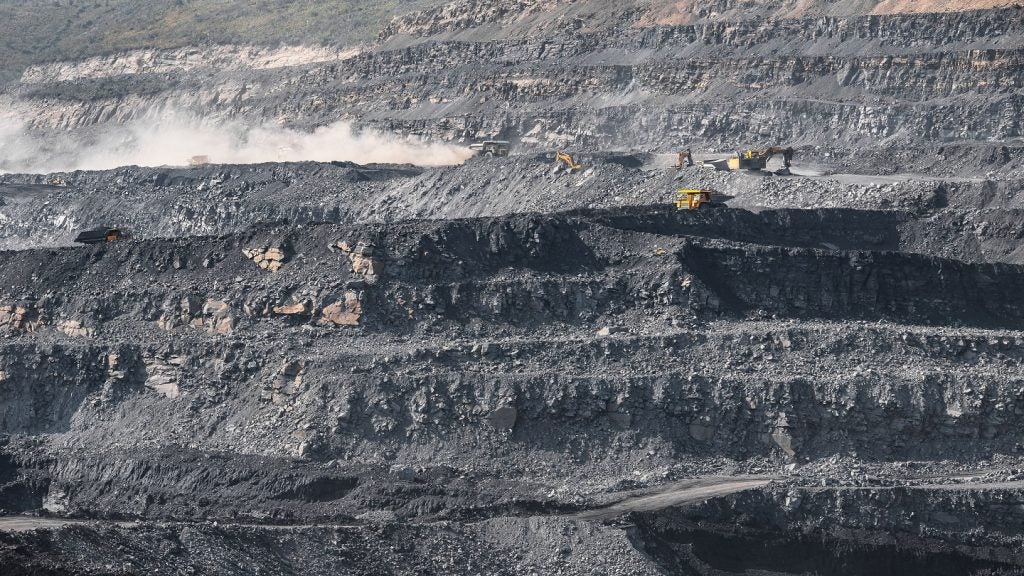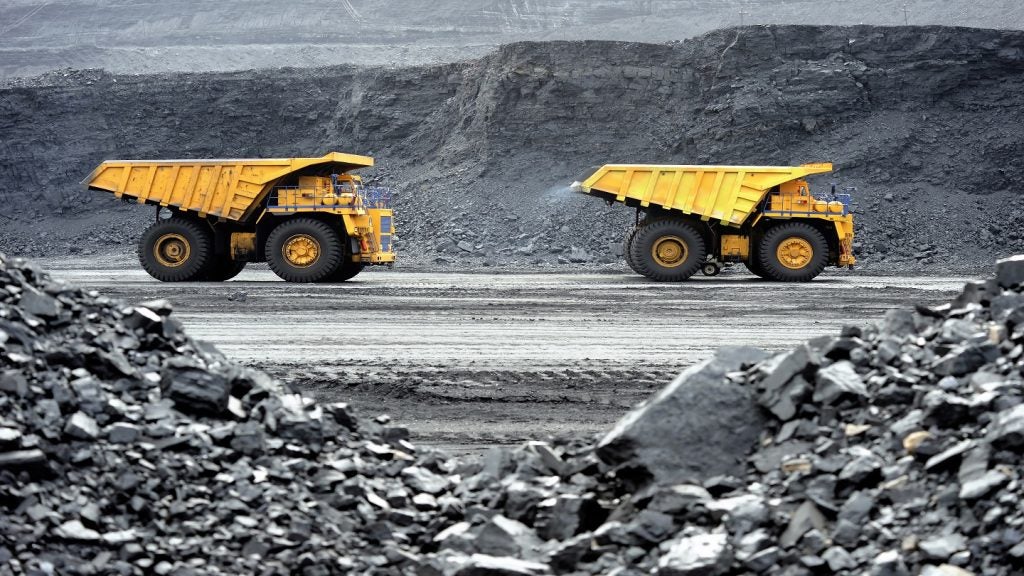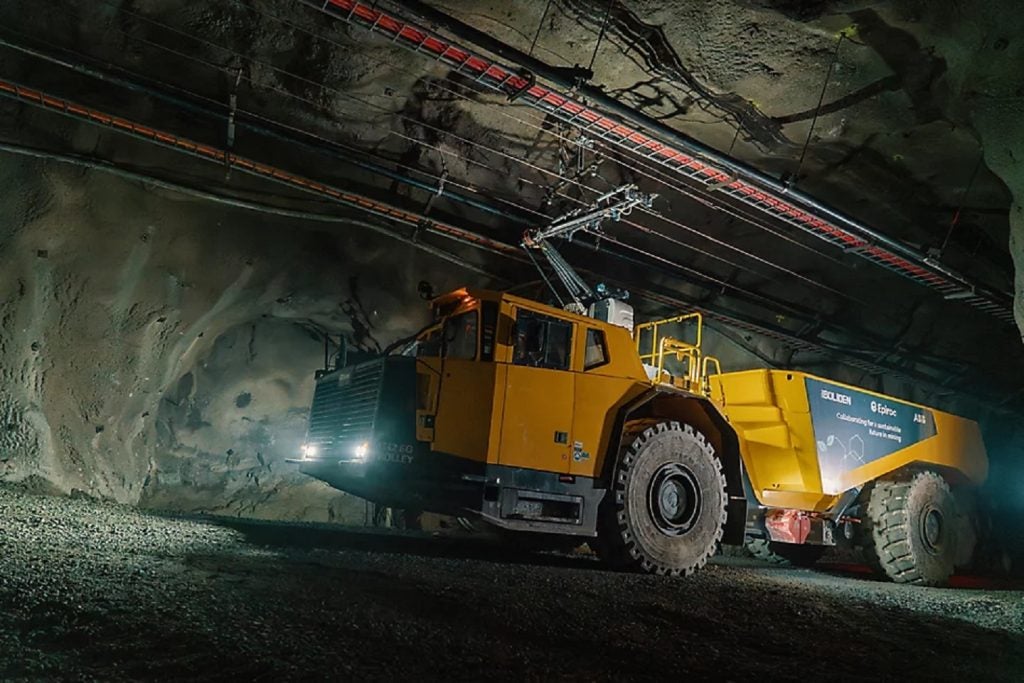
In a landscape that could be compared to shifting sands, with mergers and acquisitions constantly changing its face, the mining industry has long operated under its own terms and conditions. For years this is how it has worked best – investors have previously shied away from often cyclical balance sheets that show times of high costs, and high returns, but never at a steady pace.
But 2007 saw a shift in this ethos. The returns in mining, despite the increasing cost of operations, attracted the eye of private equity investors, which seemed to view mining as an untapped market. The start of 2007 saw a flurry of private equity movement in the mining sector.
One-time BHP Billiton head Brian Gilbertson, for example, led an A$625m proposed 60% takeover of Australia’s Consolidated Minerals, backed by private equity investor Viktor Vekselberg and coal giant AMCI.
Rising production costs of Consolidated Minerals’ nickel operations did not seem to outweigh the benefit these investors saw from the ongoing cost of the mineral, and the fact that these resources are not only in demand, but harder to find.
PricewaterhouseCoopers analysts, in the 2007 report Mine – Riding the Wave, predicted returns on private equity in the sector were up around 33% for 2006 alone, as mining companies enjoyed rising profits of 64%. So there was little surprise when buyout firms started to show interest in targets such as Alcan.
The two examples mentioned already, however, are still rarities in the industry. The mining sector may be offering private equity investors new opportunities to try out their management expertise and make a quick buck but rarely in the case of the major companies.
How well do you really know your competitors?
Access the most comprehensive Company Profiles on the market, powered by GlobalData. Save hours of research. Gain competitive edge.

Thank you!
Your download email will arrive shortly
Not ready to buy yet? Download a free sample
We are confident about the unique quality of our Company Profiles. However, we want you to make the most beneficial decision for your business, so we offer a free sample that you can download by submitting the below form
By GlobalDataAccording to professional services firm Ernst & Young, private equity investors have decided instead to look at the less-risk-intensive and growing downstream sector. Despite the global credit crunch dampening current efforts, investors are still keeping a keen eye on the industry, from service providers to smaller part players.
Ernst & Young mining and metals director Lee Downham says private equity investors are looking to leverage opportunities in mining without taking on the high risk that comes with some of the larger operations.
“When the market comes back up, for example [from the credit crunch] I suspect there will be interest in the downstream side of mining,” he says.
“Private equity investors are not so interested in the core assets – they would prefer to be a part of the offshoot industry in businesses such as recycling plants and refining operations and services businesses that work with the sector.”
“Investors I have spoken with seem to be quite black and white on their view of risk. Some believe in China and that metal prices will stay strong, as will the sector for as long as you live and others just get confused and worry that China may fall off that sector altogether. So it is not only a cyclical argument [regarding the balance sheet] – it is just that they don’t necessarily believe they can make a return from this market where the bigger players are involved.”
Private equity’s inner psyche
Even more so than in other areas in business, private equity is all about making a quick buck. Get in fast, turn things around and then count the money on your way out. So there is little question as to why investors have been circling the mining industry where high prices of resources such as steel and nickel, driven by excessive demand lay the table for the next meal.
Mining companies themselves have taken an aggressive attitude to their own fellow players, with bids being placed left, right and centre, as larger players sell off smaller interests to gain capital to create even greater mining giants.
But the overall cost of mining operations has risen as a fuel crisis, a tyre shortage and other circumstantial events such as skills crisis reign in massive profits.
Private equity investors do not like risk – their meat must be well cooked before they will bite, according to mining and metals director at Ernst and Young Tim Williams.
“Private equity has always prided itself on its ability to manage assets better than their current owners can,” he says.
“An investor wants to buy a company, then motivate with management and huge share options and massive incentives and turn the business around to make it more profitable. The problem is, if you are in the mining industry you are digging a whole in the ground – there is not as much of a chance for this approach.”
So it is not surprising that private equity investors are interested in the smaller fry. It is also no surprise that investors will be more interested in companies that are a lot less asset heavy and that operate in regulatory environments they feel secure in, as opposed to the rising BRIC nations, for example.
Private equity investor HG Capital recently made headlines for its buyout of Talc mine operator Mondo Minerals in Finland. Williams says he believes its enticement came from the fact that it is more industrial minerals than mining in terms of operations. And it is run in a country with a stable business environment.
Growing a business
In some ways it all sounds too good to be true – a company comes in, spends lots of hard-earned cash making business better, then leaves after its efforts have been named a success. But the sector has its pride.
“Attracting private equity investment is not necessarily what every company would want; it can be embarrassing,” Williams says.
“But overall it can be very good for larger companies looking at divesting, such as BHP which wants to get rid of some of its disposals to make more cash for its Rio bid. In this case it will be important to BHP to have private equity investors onside.”
Mining companies looking at such efforts will have more success with operations that can stand alone both operationally and financially, and will have to prove there is room for that business to grow.
“We know now of quite a few deals already going on in the sector – it has not yet exploded but we do know that some private equity guys are keeping their eye out for a good deal which is financeable,” Downham says.
“Personally, I think the sector to date has been underinvested in. The emergence of private equity into the sector will presumably help overcome this and create more sophisticated growth in its businesses.”
The flow on from this could be more funding for research and development, better service provision and a rise in new technologies, suggesting private equity does have its strong points for the mining sector.
The world may be going through a credit crisis but this has not stopped the sharks from circling – it is just a matter of which target they will choose next.







